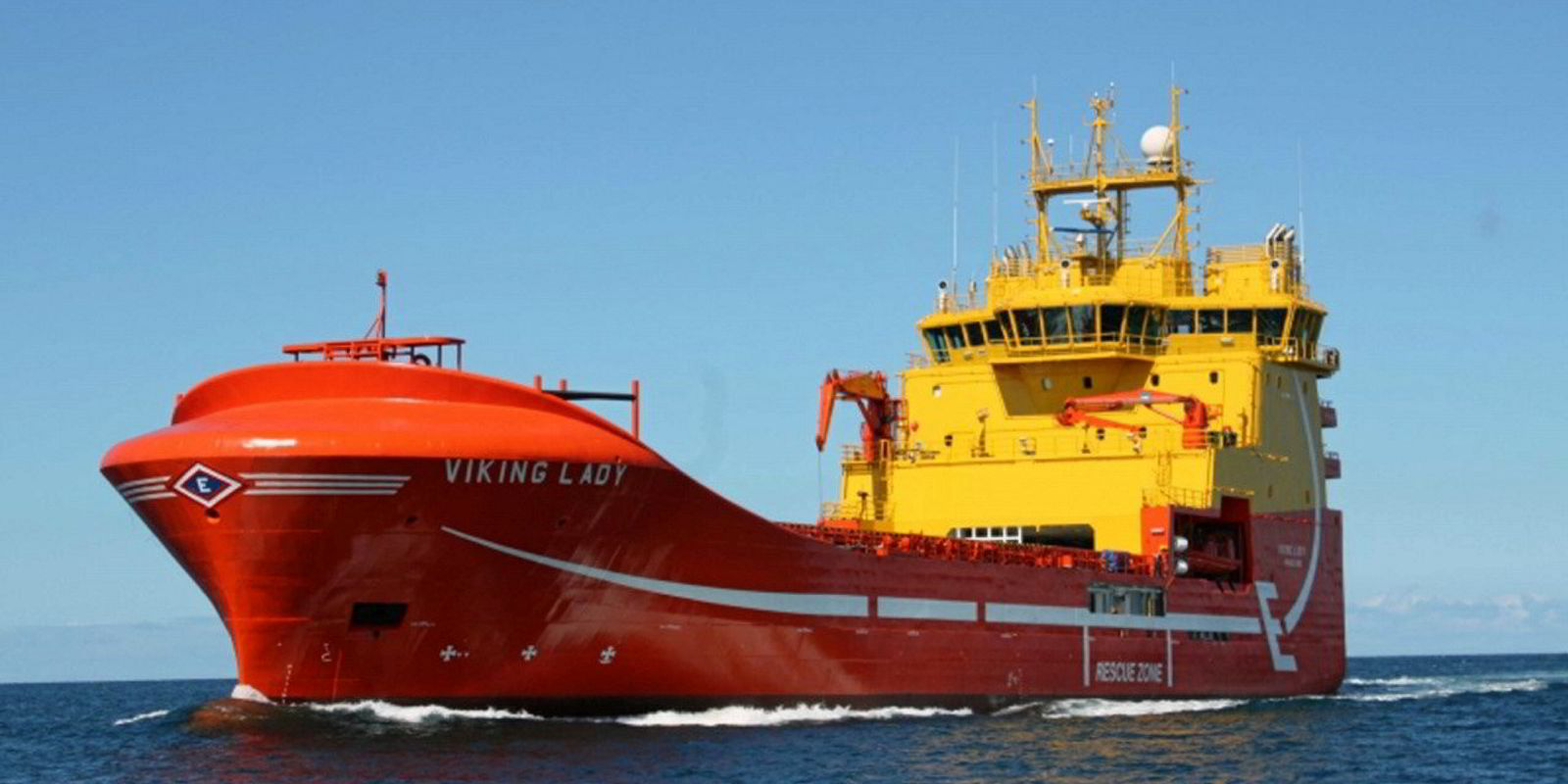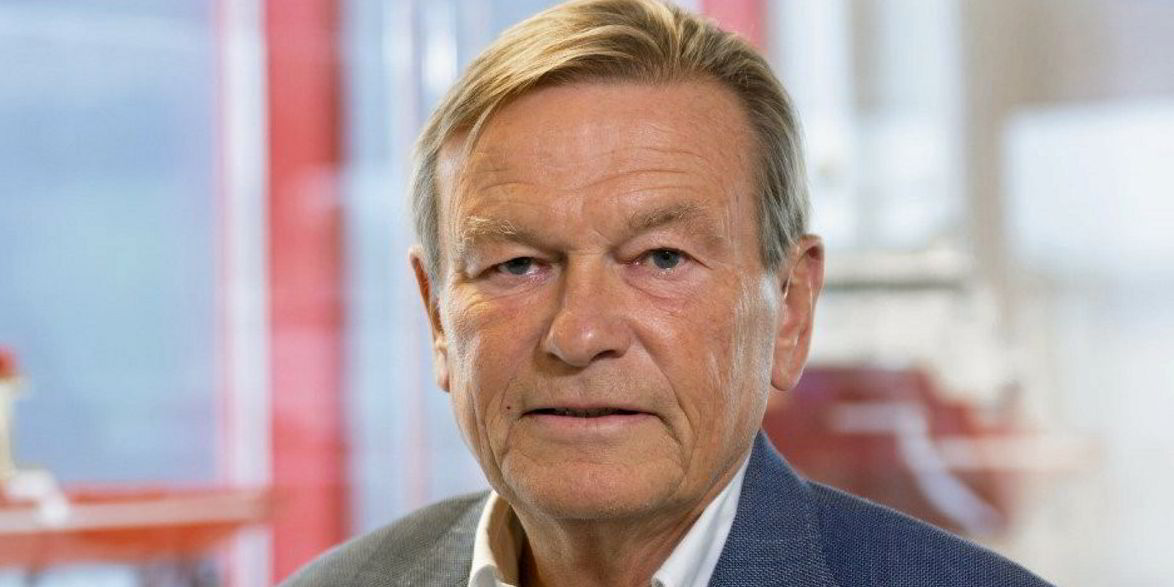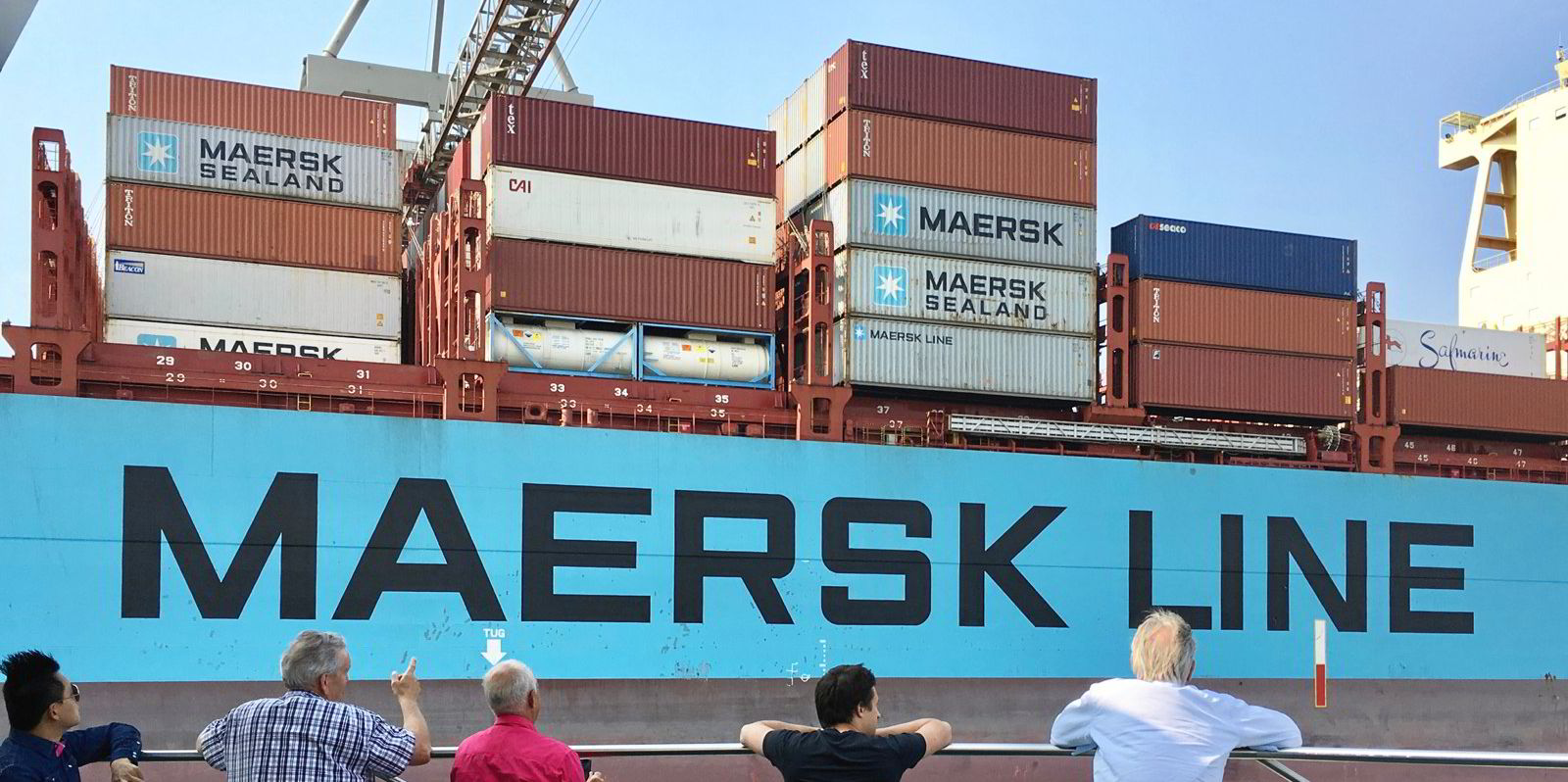Norway's Eidesvik Offshore has revealed a new cooperation with charterer Aker BP to cut emissions from existing platform supply vessels by 70%.
An Eidesvik ship, as well as one each from Solstad Offshore and Simon Mokster Shipping, will be retrofitted with hybrid battery solutions initially.
Eidesvik and Aker BP will then also examine other additional measures that will reduce carbon output to meet the 70% target as part of the project they are calling Retrofit.
The trio of PSVs are on long-term charters with the oil and gas exploration company.
Eidesvik's 6,200-dwt Viking Lady (built 2009) is one of the selected PSVs, while Eidesvik will also invest in fitting batteries to its 6,100-dwt Viking Prince (built 2012), which is also currently working for Aker BP.
When the work is completed in 2022, all but one of Eidesvik's 12 vessels will be equipped with hybrid batteries. The company is also working on powering a PSV using an ammonia fuel cell in 2024.
Pioneering decarbonisation
"Newbuildings are often presented as the only solution to making the shipping industry greener and more sustainable," Eidesvik chief executive Jan Fredrik Meling said.
"However, at Eidesvik we’re equally focused on the great potential for significantly reducing emissions from the existing fleet," he added.

Meling argues that from a climate and sustainability perspective, recycling old ships and building new ones requires a lot of energy that could otherwise be saved, and is expensive.
"As a shipowner we believe we can achieve increasingly large emissions reductions as well as save capex [capital expenditure] by prolonging the lifetime of existing vessels with new green technologies," Meling said.
More candidates for conversion
The 4,500-dwt Aker BP-owned PSVs NS Orla and NS Frayja (both built 2014), which are managed by Eidesvik, are also potential candidates for the green upgrades, in addition to others it owns.
"We are now working to map available new technologies from a cost-benefit perspective. This is a big task, with several alternatives already on the table," Meling added.
He said decisions will be made during the next 12 months.
Eidesvik can demonstrate a strong green track record dating back to 2003, when it was the first offshore vessel owner to introduce the use of LNG, followed by fuel cells and batteries.
"Having Aker BP on board in the Retrofit project is a big vote of confidence in what we’ve been doing.
"For me it is a clear indication that they view us as a competent and innovative partner within low-emission technologies in this vessel segment," Meling said.






